EENA is delighted to announce the publication of “Advanced Mobile Location (AML) in the UK”, as part of the EENA Case Study documents series.
Accurate caller location in case of an emergency is one of the most significant pieces of information an emergency call-taker can use. Caller location can be detrimental for the safety of citizens in many ways, the routing of the call to the most appropriate Public Safety Answering Point (PSAP), the decision on which emergency resource is dispatched, the quickest route to get to the incident, and so on.
Despite the existence of legislation to mandate accuracy and reliability targets, no Member State in Europe has set any. In the absence of this, the UK Stage 1 PSAP operator, BT, along with its partners EE (Mobile Network Operator) and HTC (handset manufacturer) in the UK, set out a project to resolve this by designing and implementing its own solution: Advanced Mobile Location (AML).
When an emergency call is made with an AML enabled smart phone, the phone automatically activates its location service to establish its position and sends this information via an SMS message to the 112 and 999 services, often with a radius of 30 meters or less.
For that, the service uses GPS or wifi – whichever is best at the given instance. Tested and implemented in the UK by BT, EE and HTC, AML is up to 4,000 times more accurate than the current system used, saving lives, time, and money.
It is important to note that no major capital investment was needed by either EE or HTC, the emergency services themselves or the citizens, but the impact is significant.
This project is an example for us all. It proves that existing technologies can be re-used to help resolve the current location information deficit experienced by emergency services in many places around Europe.
We want to thank Mr. John Medland and Mr. Ian Johnston, from BT, for their valuable contributions to, and support of, this publication.
You may read the document here.
You can view EENA webinars, several of which cover AML, here.
